This blog may contain affiliate links, meaning I earn a small commission if you make a purchase through these links, at no additional cost to you. As an affiliate, I only promote products and services I trust and believe will add value to my readers.
Cutting involves reducing caloric intake to shed excess fat, but this calorie deficit can inadvertently lead to muscle loss. Understanding the mechanisms behind this process is crucial to implementing strategies that protect muscle tissue while achieving fat loss goals. A well-structured cutting phase should focus on maintaining lean muscle while effectively reducing body fat.
When done improperly, cutting can lead to muscle catabolism, where your body starts breaking down muscle for energy. This can result in decreased strength, slower metabolism, and an overall loss of the toned physique you’ve worked hard to build. However, with the right approach, you can ensure your body burns fat instead of muscle.
Understanding the Science of Cutting and Muscle Retention
During a calorie deficit, the body seeks alternative energy sources, potentially breaking down muscle protein for fuel. To counteract this, it’s essential to provide adequate nutrition and engage in appropriate training to signal the body to preserve muscle mass. Muscle is metabolically expensive for the body, meaning that during a prolonged deficit, the body may prioritize using muscle protein for energy instead of fat if not managed correctly.
This is why resistance training, proper macronutrient balance, and strategic supplementation are critical. Understanding how your body responds to a calorie deficit allows you to make adjustments that keep you on track with fat loss while preserving your hard-earned muscle.
The Role of Nutrition in Preventing Muscle Loss
Nutrition plays a pivotal role in muscle preservation. Consuming sufficient macronutrients and maintaining a balanced diet ensures the body has the necessary resources to sustain muscle tissue. A high-protein diet, moderate carbohydrate intake, and healthy fats will provide the essential building blocks to protect muscle while fueling workouts.
A well-balanced cutting diet should include lean protein sources such as chicken breast, turkey, lean beef, fish, eggs, and plant-based protein options like tofu and legumes. Carbohydrates should be derived from whole grains, vegetables, and fruits, while fats should come from sources like nuts, seeds, and olive oil.
Protein Intake: The Key to Muscle Preservation
Adequate protein intake is fundamental during a cutting phase. Proteins supply the amino acids required for muscle repair and growth, helping to prevent muscle breakdown. Studies suggest that consuming 1.2-2.2 grams of protein per kilogram of body weight per day can help maintain muscle mass while cutting.
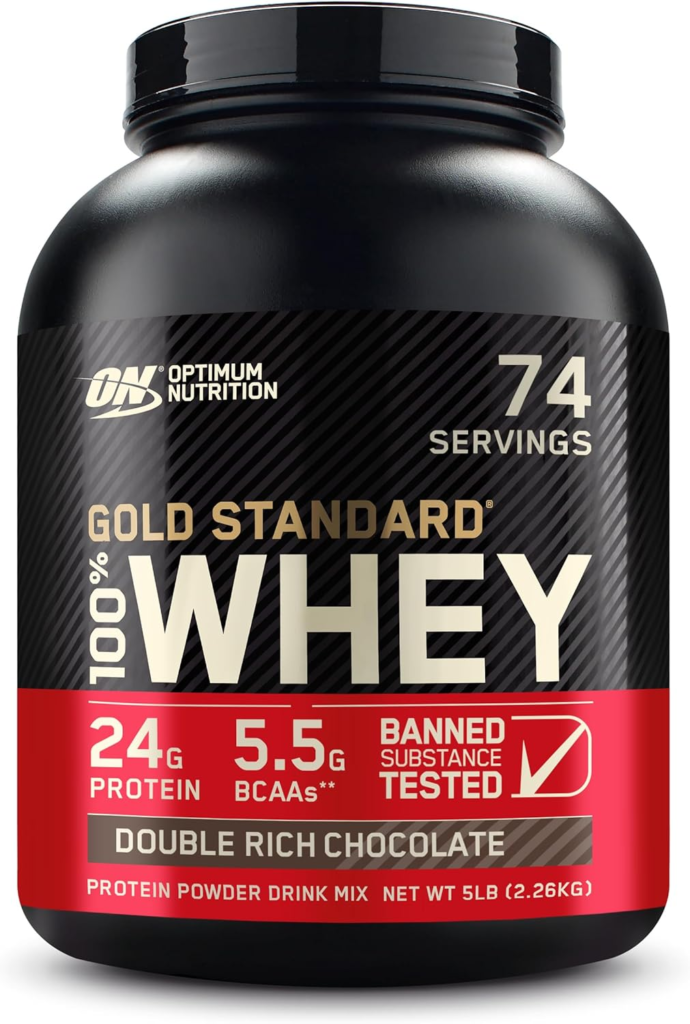
Recommended Product: Optimum Nutrition Gold Standard Whey Protein This high-quality whey protein powder supports muscle recovery and growth, making it an excellent addition to your nutrition plan.
For those who prefer plant-based options, a high-quality vegan protein powder can be beneficial.
Recommended Product: Orgain Organic Plant-Based Protein Powder This plant-based protein powder provides a complete amino acid profile, making it an excellent option for those following a plant-based diet.
Optimal Training Strategies During a Cut
Tailoring your training regimen is essential to maintain muscle mass while cutting. Focus on resistance training and manage cardio to support fat loss without compromising muscle. A well-structured training program should emphasize progressive overload, lifting heavy weights while ensuring adequate recovery.
The Importance of Strength Training and Resistance Workouts
Incorporating regular strength training sessions helps signal the body to retain muscle mass. Emphasize compound movements such as squats, deadlifts, bench presses, and rows to maximize muscle engagement and stimulate growth. Training each muscle group at least twice per week can provide optimal results.
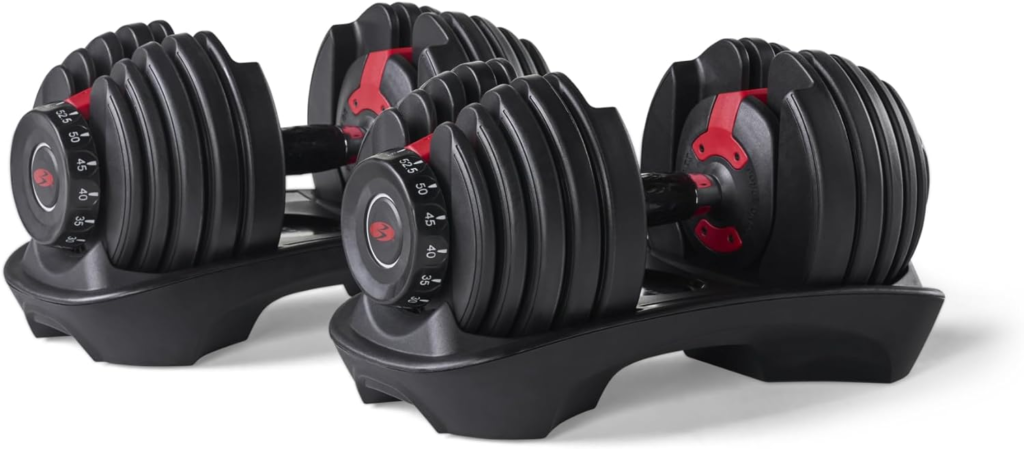
Recommended Product: Bowflex SelectTech Adjustable Dumbbells These adjustable dumbbells offer a versatile solution for home workouts, allowing you to perform a range of resistance exercises effectively.
Managing Cardio to Prevent Excess Muscle Loss
While cardio aids in fat loss, excessive amounts can lead to muscle breakdown. Opt for moderate-intensity sessions and consider high-intensity interval training (HIIT) to maximize fat burning while preserving muscle. HIIT workouts involve short bursts of intense effort followed by recovery periods, which help maintain muscle mass while burning calories efficiently.

Recommended Product: NordicTrack T Series Treadmill This treadmill offers various settings suitable for both steady-state and HIIT cardio sessions, making it a valuable tool in your cutting regimen.
Recovery, Sleep, and Stress Management for Muscle Retention
Adequate recovery, quality sleep, and stress management are often overlooked but are vital components in preserving muscle mass during a cut. Aim for at least 7-9 hours of sleep per night, as deep sleep is when most muscle repair and growth occur. Chronic stress and poor recovery can lead to increased cortisol levels, which can promote muscle breakdown.

Recommended Product: FitBit Charge 5 Advanced Fitness & Health Tracker This device monitors sleep patterns and stress levels, helping you manage recovery effectively.
Supplements That Can Help Maintain Muscle Mass
Strategic supplementation can support muscle retention during a calorie deficit. Incorporating the right products can enhance your nutrition and training efforts.
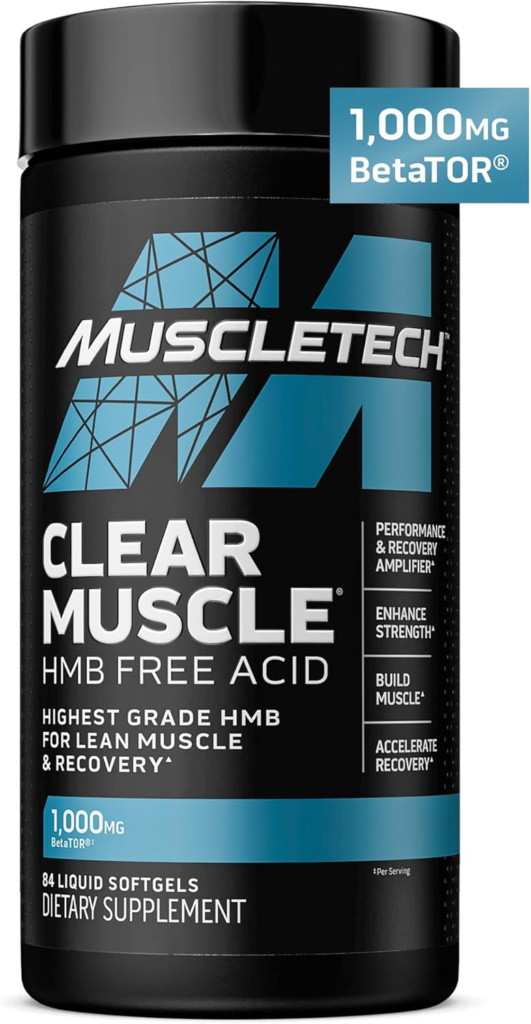
Recommended Product: MuscleTech Clear Muscle HMB Supplement Clear Muscle contains BetaTOR, a unique metabolite and free acid derivative of HMB, which supports muscle preservation during cutting phases.
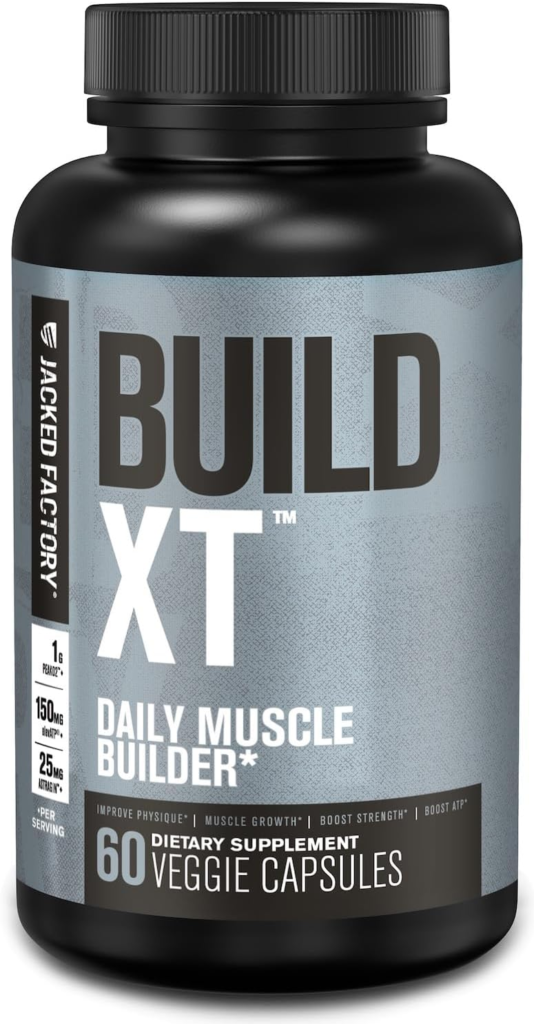
Recommended Product: Jacked Factory Build-XT Muscle Builder This supplement features PeakO2 and ElevATP, ingredients designed to enhance muscle growth and performance, aiding in muscle maintenance during calorie deficits.
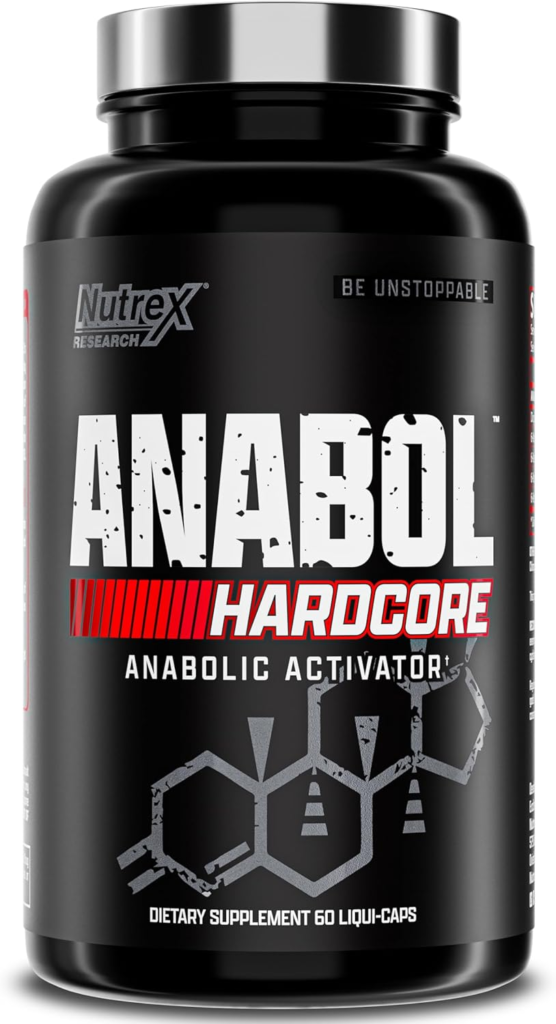
Recommended Product: Nutrex Research Anabol Hardcore Muscle Builder Anabol Hardcore is formulated to activate muscle protein synthesis, supporting muscle growth and preservation during cutting cycles.

Recommended Product: Animal Stak Natural Hormone Booster Animal Stak provides a blend of natural ingredients aimed at optimizing hormone levels, which can support muscle retention during fat loss phases.
Conclusion: Creating a Sustainable Cutting Plan Without Losing Muscle
Developing a sustainable plan involves balancing nutrition, training, recovery, and supplementation. Consistency and attentiveness to your body’s responses are key to achieving fat loss while preserving muscle mass. A well-designed plan should be individualized, taking into account factors such as metabolism, activity levels, and training experience.
Incorporating these strategies and products into your cutting regimen can help you achieve your fat loss goals without sacrificing muscle mass. Remember, individual responses may vary, so it’s essential to monitor your progress and adjust your approach as needed.